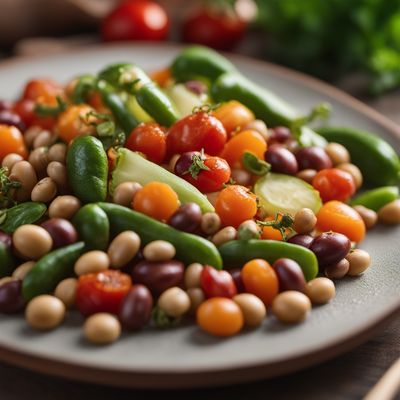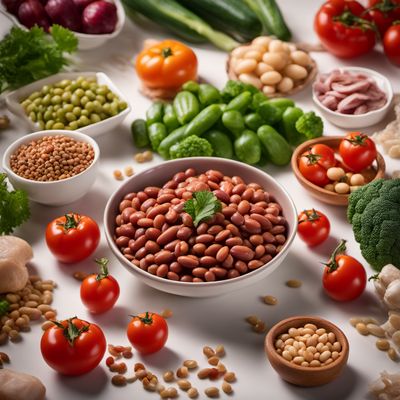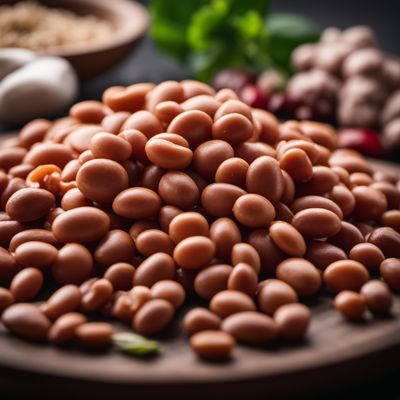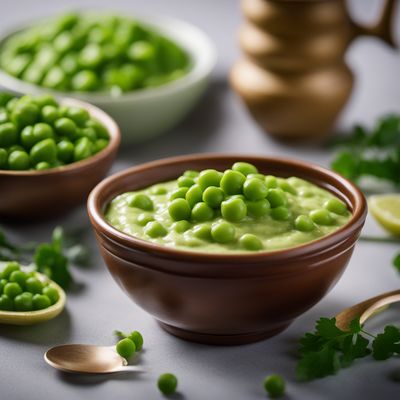
Ingredient
Dal
The Versatile Pulse: Exploring the World of Dal
Dal refers to dried, split pulses that are a crucial part of Indian cuisine. These legumes come in a variety of colors, including yellow, red, green, and black. Dal is known for its earthy flavor, creamy texture, and ability to absorb the flavors of spices and seasonings. It is a rich source of plant-based protein, dietary fiber, and essential vitamins and minerals.
Origins and history
Dal has a long history in Indian cuisine, dating back thousands of years. It is believed to have originated in the Indian subcontinent, where it has been cultivated and consumed for centuries. Dal holds cultural significance and is an integral part of traditional Indian meals, often served with rice or bread. It has also spread to other parts of the world, becoming a popular ingredient in vegetarian and vegan diets.
Nutritional information
Dal is a nutritional powerhouse, providing a good amount of plant-based protein, dietary fiber, iron, potassium, and B vitamins. It is low in fat and cholesterol and is a great option for those following a vegetarian or vegan diet.
Allergens
Dal is generally not associated with common allergens, making it suitable for most individuals. However, individuals with legume allergies should exercise caution.
How to select
When selecting dal, look for clean, dry, and uniform-sized pulses. Avoid any signs of moisture, discoloration, or insect damage. Opt for reputable brands or sources to ensure quality.
Storage recommendations
To maintain the freshness and quality of dal, store it in an airtight container in a cool, dry place. Properly stored dal can last for several months without losing its flavor or nutritional value.
How to produce
Growing dal requires specific conditions and expertise. It is best left to professional farmers who have the necessary knowledge and resources.
Preparation tips
Before cooking dal, rinse it thoroughly to remove any dirt or debris. Soaking the pulses for a few hours or overnight can help reduce cooking time. Dal can be cooked in various ways, such as boiling, pressure cooking, or slow cooking, depending on the desired texture. It is commonly used in soups, stews, curries, and side dishes.
Culinary uses
Dal is a versatile ingredient used in a wide range of dishes in Indian cuisine. It is the main component of popular dishes like dal tadka, dal makhani, and sambar. It can also be used to make lentil soups, salads, and even desserts like moong dal halwa.
Availability
Dal is commonly available in India and other South Asian countries. It can also be found in specialty grocery stores or international markets worldwide.





